Though we might never anticipate power blackouts, such as during natural disasters or grid problems, an emergency standby generator is no luxury but a daily necessity for our homes today. This complete guide aims to guide a buyer in selecting an ideal home emergency generator tailored to their specifics.
The 5 Best Home Generators of 2023

- OUPES 2400 Portable Power Station | 2400W 2232Wh
- OUPES 600 Portable Power Station | 600W 595Wh
- OUPES 1200 Portable Power Station | 1200W 992Wh
- OUPES 1800 Portable Power Station | 1800W 1488Wh
- OUPES Mega 5 Home Backup & Portable Power Station | 4000W 5040Wh
1. OUPES 2400 Portable Power Station | 2400W 2232Wh
Why We Choose It
For instance, it happens to all of us when we are camping or when the power at home goes out, and we still have to run our refrigerators, charge our phones, or even supply power to a TV set. It can handle everything, considering its massive 2232-watt battery coupled with a high-quality 2400w DC pure sine wave inverter that can peak at 5000w.
The best part of it is its durability. It has a Li-Ion battery;, you could recharge it more than three thousand five hundred times, and it will remain in its original state. It is rechargeable in five ways: car charger, wall socket, USB cable, solar panel, and micro USB.
Pros:
- High Capacity: It boasts a 2232Wh and powers many devices for an extended period.
- Versatile Charging: It recharges in five ways: AC, solar panel, car, AC+ solar, and dual AC, thus making its use easy.
- Multiple Ports: It comes out with 14 five, 2400W AC ports. This is suitable for running many devices concurrently.
- Durable Battery: This battery has more than 3,500 life cycles, promising durability.
- Fast Charging: This provides the maximum input of 1,000 watts enabling fast recharging of the power station.
- Smart Display: Therefore, it has an HD LCD that you can use to monitor the utilization and the remaining charge level.
- Emergency Features: Emergency warnings like LED soft lights and SOS signals.
Cons:
- Weight and Size: Its bulkiness and weight could also reduce its ease of transportation.
- Overkill for Small Needs: It may be excessive for people who need low power requirements because it has a lot of ports.
- Learning Curve: Some users may have to undergo the learning curve, considering its advanced features and multiple ports.
Other Specs
- Capacity: 2232Wh
- Battery Chemistry: LFP(LiFePO4)
- Cycle Life: 3,500+ cycles to 80% capacity
- BMS: Yes
- AC Output: 5 Outlets.2400W(Surge 4000W)
- DC Output: 2 ports, 12V,10A 120W Max
- USB-A: 4 ports, QC 3.0. 18W Max
- USB-C: 2 ports, 5/9/12/15/20V, 3A 60W Max
- Car Output: 12V,10A 120W Max
- AC input: 2 ports, 400W Max
- Solar Input: 2 ports, 1000W Max, 12-45V
2. OUPES 600 Portable Power Station | 600W 595Wh
Why We Choose It
Taking a power grid with you wherever you go is like owning a portable power station, i.e., OUPES 600 Portable Power Station. A 595Wh with a high-rated 600W AC pure sinewave inverter that will run everything even when there is 1000W peak surge power.
LiFePO4 battery that can go upwards of three thousand five hundred life cycles. Besides, you can charge it in five ways, including through solar with eight outputs, which makes it super cool. And with the HD LCD plus weighing only 14 pounds, it’s the ideal companion for your travel.
Pros:
- High Capacity & Power: It has a 595Wh capacity, which powers the 600 W AC pure sine wave inverter for multiple equipment.
- Durable Battery: With 3,500 + life cycles, LiFePO4 ensures long-term battery efficiency.
- Multiple Charging Options: A device that charges five types of devices using solar energy and 8 outlets.
- Portable and Lightweight: It weighs approximately 14 lbs, making it easy to carry around for camping needs or as an additional energy supply.
- User-Friendly Features: It also has a SMART HD LCD screen with LED lighting and an SOS signal for added comfort and security.
Cons:
- Limited Capacity for Larger Devices: It can be used in small and medium devices but may need to be improved for larger power appliances when used for a long time.
- Recharging Time: However, depending on the recharge method, renewing one's “power station” could take a long time if one only uses solar power.
- Weather Dependence for Solar Charging: Weather condition is the only determinant of solar charging efficiency; hence, it might not always be favorable.
Other Specs
- Capacity: 595Wh
- Battery Chemistry: LFP(LiFePO4)
- Cycle Life: 3,500+ cycles to 80% capacity
- BMS: Yes
- AC Output: 2 outlets,600W(Surge 1000W)
- DC5521 Output: 2 ports,12V,10A,120W Max
- USB-A: 2 ports, QC 3.0. 18W Max
- USB-C: 1 port,5/9/2/15/20V,5A
- AC TT-30 Output: 120V/4000W
- Car Output: 12V.10A.120W Max
- AC input: 1 port,100WMax,12-30V
- Solar Input: 1 port,100WMax,12-30V
- USB-C Input: 60W Max
3. OUPES 1200 Portable Power Station | 1200W 992Wh
Why We Choose It
OUPES 1200 Portable Power Station will be a tremendous help, especially if you enjoy going out in nature or simply have to have an emergency source of electricity at home. It boasts an impressive 992Wh battery with a 1200W inverter, providing enough power for over 85% of your appliances under normal conditions or when there is a blackout.
It is fantastic because it contains a powerful lifepo4 rechargeable battery that can be charged using its AC socket, through solar panels, or via a car cigarette lighter socket. Furthermore, it comes with ten different outlets to charge all your devices, an HD display to monitor all your operations, and an LED light in an emergency.
Pros:
- High Capacity and Power: The 992Wh capacity and 1200W inverter can power a wide range of appliances, handling up to 85% of household devices.
- Durable Battery: The LiFePO4 battery is known for its longevity, offering over 3,500 life cycles while maintaining 80% efficiency.
- Multiple Charging Modes: With three charging methods (AC, solar, and automobile), it is adaptable in many scenarios.
- Multiple Different Outlets: Having ten unique outlets enables one to charge various devices in the same room at once, making it very useful.
- Display: Smart HD LCD for easy monitoring of power and battery condition.
- Emergency Features: LED soft illumination with SOS signal in the emergency.
- Fast Charging Capability: A maximum input charging speed of 250W enables faster power station recharge.
Cons:
- Limited Appliances: While it covers many appliances, some major-powered appliances in a house may need more power.
- Maintenance Requirements: Like any other battery, it has its lifespan and will degrade at some point, thus requiring maintenance or replacement.
Other Specs
- Capacity: 992Wh
- Battery Chemistry: LFP(LiFePO4)
- Cycle Life: 3,500+ cycles to 80% capacity
- BMS: Yes
- AC Output: 3 outlets,1200W(Surge 3600W)
- DC5521 Output: 2 ports,12V,10A,120W Max
- USB-A: 2 ports, QC 3.0. 18W Max
- USB-C: 2 ports,5/9/2/15/20V,5A
- Car Output: 12V.10A.120W Max
- AC input: 1 port, 200WMax
- Solar Input: 1 port, 200WMax
4. OUPES 1800 Portable Power Station | 1800W 1488Wh
Why We Choose It
OUPES 1800 Portable Power Station offers a beastly performance with inbuilt 1488Wh capacity and a 1800W AC pure sine wave inverter, enough to manage a 4000W surge! And it lasts for generations, all thanks to features such as LiFePO4 battery offering over 3,500 life cycles up to 80% capacity.
For all those appliances in the house, it powers up to 90% of them and has ten different outputs that can be used for every device. Do not worry about charging it up; it takes five other options ranging from AC to solar and even your vehicle. In addition, it features an intelligent HD LCD for easy monitoring, LED lighting for those dark moments, and an SOS signal in emergencies.
Pros:
- High Capacity and Power: The 1488Wh capacity and 1800W inverter can power as many appliances as possible.
- A battery that Lasts: It has a LiFePO4 battery that lasts over 3,500 life cycles.
- Many Charging Outlets: It supports charging up to 10 devices simultaneously.
- Variety of Ways to Charge: It offers five different recharge methods, like solar and car.
- Proper Display and Features: The intelligent HD LCD with SOS signal in case of emergencies adds practical
Cons:
- Complexity: The array of features and outputs may overwhelm some users.
- Limited to 90% of Appliances: While it powers most, the likely possibility is that a few power-high appliances might need to be supported.
- Charging Time: The 500W maximum input could mean longer charging times, especially for complete depletion.
Other Specs
- Capacity: 1488Wh
- Battery Chemistry: LFP(LiFePO4)
- Cycle Life: 3,500+ cycles to 80% capacity
- BMS: Yes
- AC Output: 3 outlets,1800W(Surge 4000W)
- DC5521 Output: 2 ports,12V,10A,120W Max
- USB-A: 2 ports, QC 3.0. 18W Max
- USB-C: 2 ports,5/9/2/15/20V,5A
- Car Power Output: 12V.10A.120W Max
- AC input: 2 ports,400WMax,12-30V
- Solar Input: 2 ports,400WMax,12-30V
5. OUPES 600 Portable Power Station | 600W 595Wh
Why We Choose It
OUPES Mega 5, a game changer! With an overwhelming capacity of 5040Wh and a pure sine wave inverter of 4000W with a surge up to 7000W, you will always be aware of the situation and want properly charged gadgets.
And it is not only powerful, it is intelligent and convenient too. You can charge it in six ways, including solar and even with your car! The HD LCD is most comfortable to watch from a smartwrist, while you have the control at your fingertips with the OUPES app. And the plus? Just 1.5 hours of superfast charging lets it shine. It is a power station. It got you whether at home or wherever.
Pros:
- High Capacity and Power Output: The 5040Wh capacity and 4000W AC pure sine wave inverter will provide more than enough power for all needs present.
- Long Battery Life: The battery is made from LiFePO4 with over 3,500 life cycles operating at an efficiency of not less than 80%.
- Expandable Energy Storage: Get even more power from the B5 module up to 10.08kWh.
- Multiple Outputs: The device charges several devices simultaneously with 16 outputs.
- Flexible Charging Options: You can recharge it in six different ways, providing options for charging it on the go, on any trip, or at leisure.
- Fast-charging technology: Its 1.5-hour full charge is super first considering that this is not some tiny energy capacity the device is packing here.
- Intelligent Display and Control: Integration with smart HD LCD along with OUPES app to ease out the display and control.
- Innovative Technology: it has smart connectivity like Bluetooth and WiFi
Cons:
- Cost: Its high-end features and huge capacity may be one costly proposition.
- Dependence on Accessories for Full Usage: Proper usage of the gadget would mean a dependency on several other products like solar panels or B5 modules.
Other Specs
- Capacity: 5040Wh
- Battery Chemistry: LFP(LiFePO4)
- Cycle Life: 3,500+ cycles to 80% capacity
- UPS: ≤20ms
- BMS: Yes
- AC Output: 5X120V/4000W
- DC Output: 2X5.5mm DC Output
- USB-A: 4 X QC3.0 18W Max
- USB-C: 2XPD 60W.PD 60W Max
- AC TT-30 Output: 120V/4000W
- Car Output: 12V/10A
- Anderson Output: 12V/30A
- Fast AC Charge Input: 100~120Va.c 16A Max 1800W Max
- Slow AC Charge Input: 100~120Va.c 16A Max 900W Max
- Solar Input: 12~150Vd.c 15A Max 2100W Max
- Connectivity: Bluetooth, Wifi
- App Control: Yes
What is an emergency home generator?
Essentially, an emergency generator for homeowners is like any other backup power system that people install within their homes during times of power outage resulting from harsh weather conditions and other factors.
Some generators use various fuel types, including gasoline, propane, or natural gas, and they also come in sizes and outputs. These systems are comprised of manual and others that automatically kick once they sense power cuts.
This makes having such generators both convenient and necessary. It gives you lights for convenience, keeps up with your refrigeration demands, and helps you stay in touch. It gives you assured security. It allows your house to function while you experience power loss in your area.
Understanding Your Power Requirements

This journey begins by identifying your power requirements before venturing into generator types. List the necessary items you would require during a power outage. This means that you will know how many watts your generator should generate at the end.
|
Appliance
|
Wattage needed
|
|
Air conditioner
|
500-2,000
|
|
Microwave
|
600-1,500
|
|
Refrigerator
|
300-800
|
|
Space heater
|
700-1500
|
|
Laptop or Computer
|
50-100
|
|
Smart TV
|
50-300
|
|
60W light bulb
|
60
|
|
Phone Charger
|
10-40
|
Types of Emergency Generators

Portable Generators
This explains why they opt for portable generators that suit their needs, as well as pocket-friendly and run-off generators. These devices can be used for things necessary for homes, such as lighting, refrigeration, and other similar small services.
Standby Generators
Long-term standby generators also prove advantageous. Automated devices for battery backup purposes in case there is no electricity. They could fit in such residences with regular power cuts and outages.?
Inverter Generators
Sensitive devices are supplied with clean power by inverter generators. Traditional generators operate noisier and consume too much fuel.
Fuel Types for Generators
They include natural gas, propane, diesel, and gasoline. In terms of accessibility, price, and where it can be stocked, each of these resources carries unique advantages and disadvantages.
Key Features to Consider
When choosing a generator, consider these key features:
- Power Output: Provided you have a generator, ensure it provides what works for you regarding demand.
- Fuel Efficiency: Find generators with longer operating durations and minimal fuel use.
- Noise level: This is particularly important for residential areas.
- Portability: You can use a portable generator anytime and anywhere.
- Ease of Use: One such convenience feature is called electric start.
Size and Installation
This will depend on the size of a generator, considering the available space and its energy output.4 Unlike standby generators that must be professionally installed, portable generators can better be described as “plug and play.”
Safety Considerations
First of all, safety always goes first when you use generators. Ensure enough ventilation and follow all manufacturer’s instructions to avoid carbon monoxide poisoning.
Maintenance and Care
You need to maintain your generator so it can perform excellently regularly. It involves ensuring that the unit’s oil is intact, renewing the filters, and properly storing the pump when off duty.
Budget and Warranties
It depends on your budget. Remember also to think about a brand warrant and post-sale services.
Conclusion

When choosing the best emergency generator, evaluating your unique needs and preferences is essential. It can be any kind of generator – portable, standby, or inverter but it should meet three requirements – reliability, efficiency, and power capacity.
For you, a generator is more than just a matter of convenience. It will ensure your safety and security when there is an electricity shortage. In all situations, remain energetic and make a factual choice.
Frequently Asked Questions
How much does a decent emergency generator typically cost?
The price range for a portable generator might be between $309 and $1,199. These work well for brief usage and low power requirements. Standby generators are an investment, but they can power your home during a power outage.
How frequently should I keep my emergency generator?
In most cases, it is crucial to undertake routine maintenance measures for your generator at least annually. If the equipment is mobile, then you may need frequent maintenance checks. It involves maintenance tasks like checking air filters, changing oil, and the correctness of attachments.
Is a solar-powered generator suitable for emergency use?
They have the advantage over them, and they are super cool. They also use no fuel, they’re eco-friendlier and silent. However, they are not the ideal choices. This type is suitable for camping and perfect for low-power needs.
Do I have permission to build my emergency generator?
The portable generators are very simple to use – just plug and play. However, standby generators? That's a very different situation. It is also important to note that such devices need experts in their installation, primarily due to their gas connection and connection to the house's electric system.
How does one define a standby generator compared to a standard portable generator?
It's all about convenience and strength. Since they are portable, low-cost, and small, they make good sense for short-term power outages or while camping. Whole house generators that are permanently installed and come on when there is a power outage.

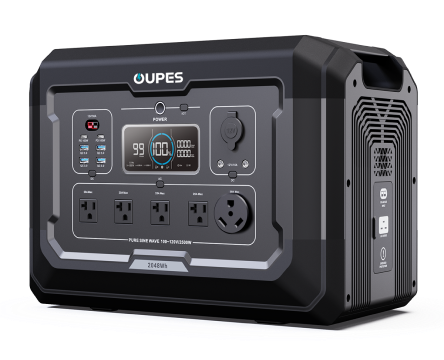
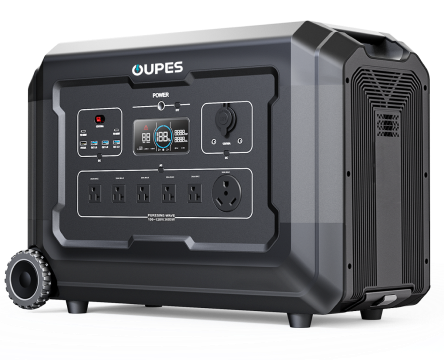
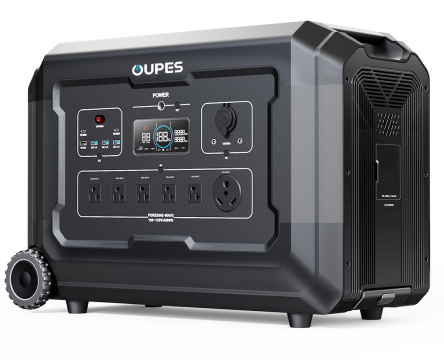
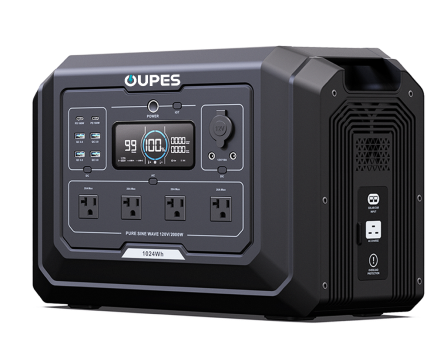
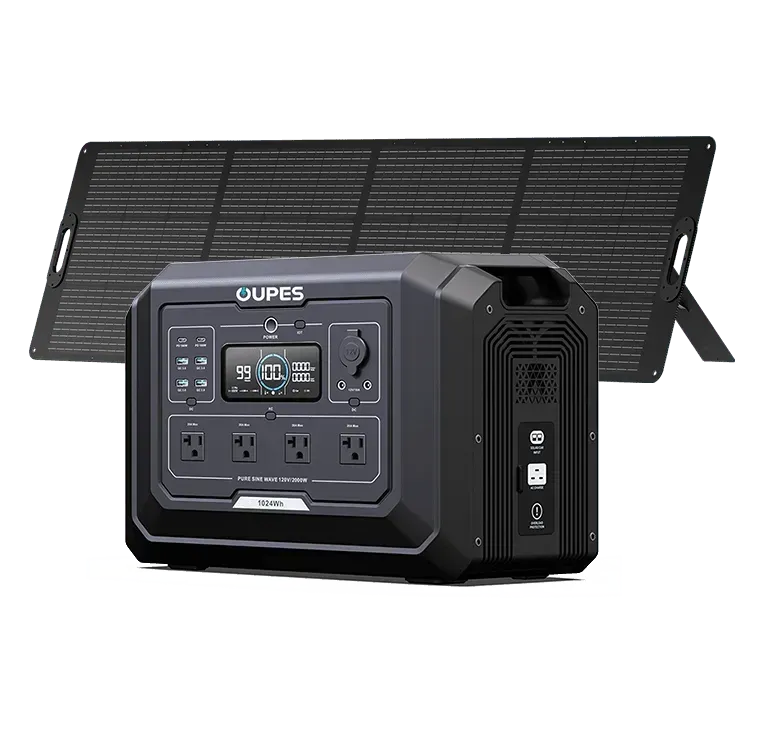
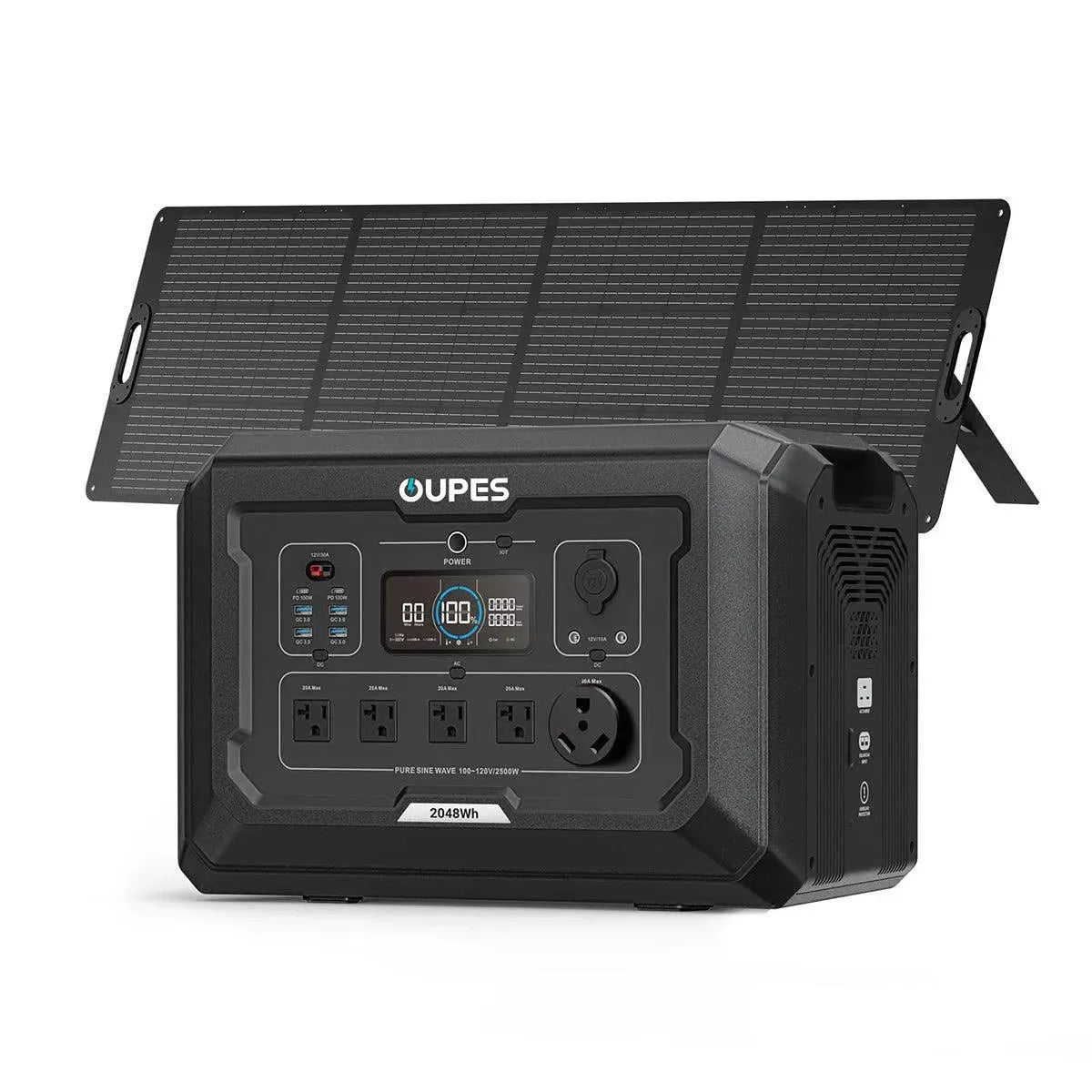
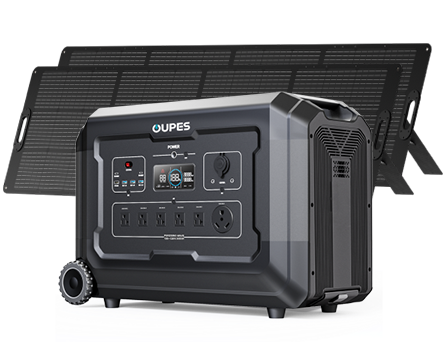
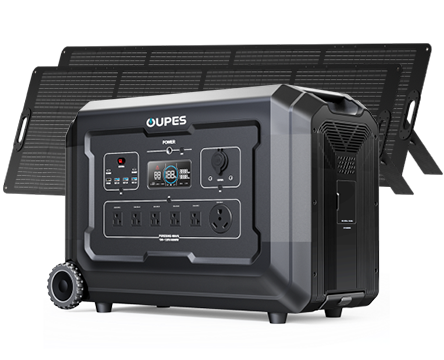
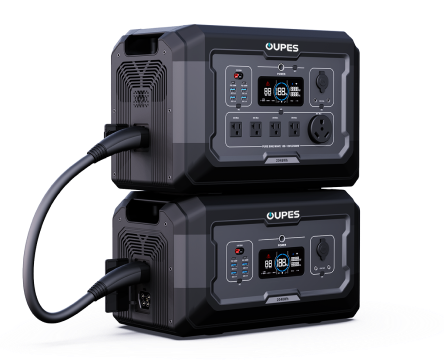
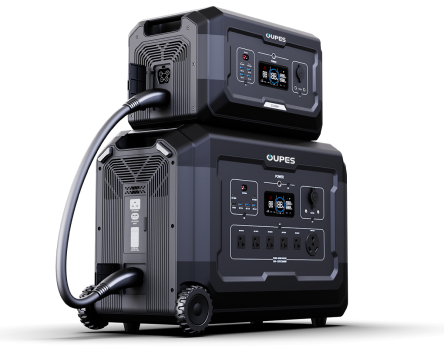
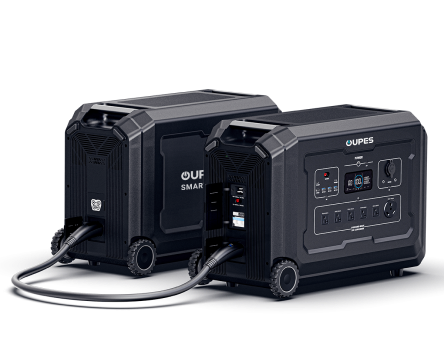
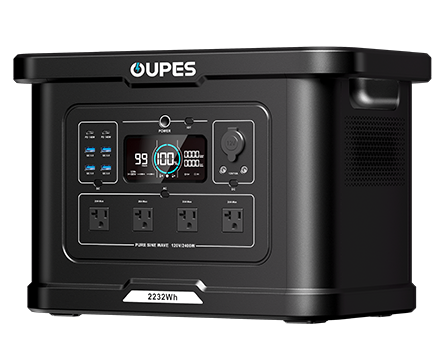
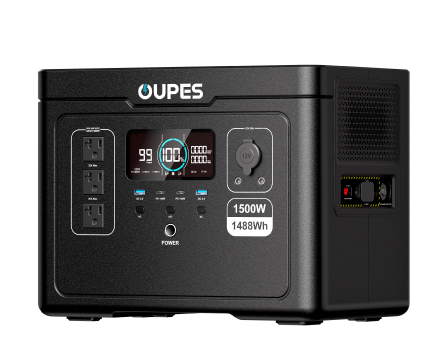
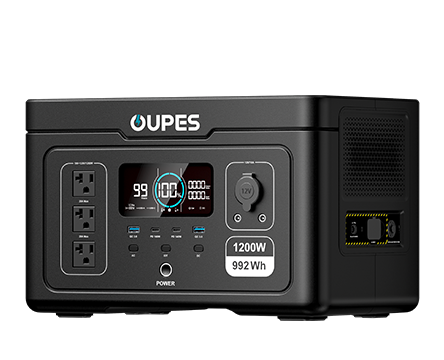
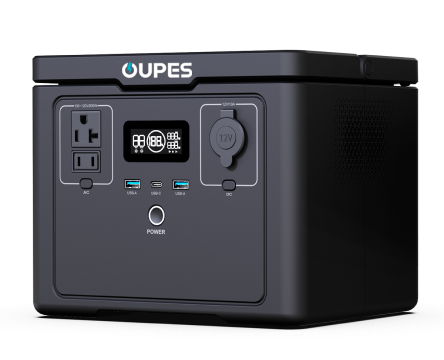
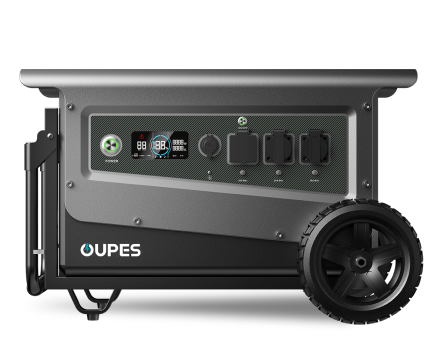
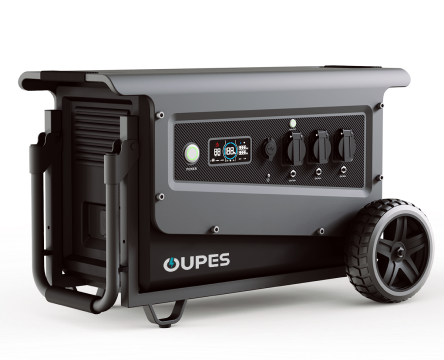
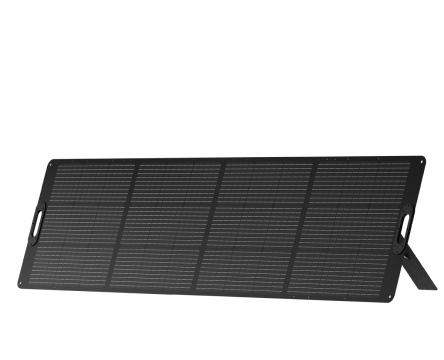
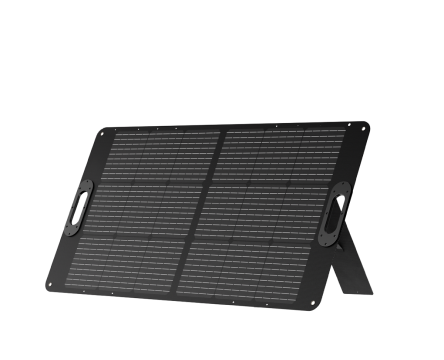
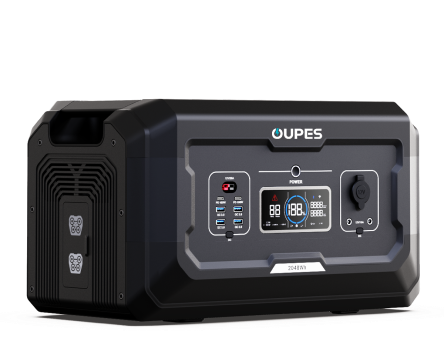
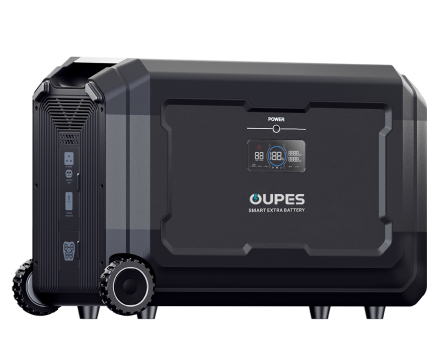
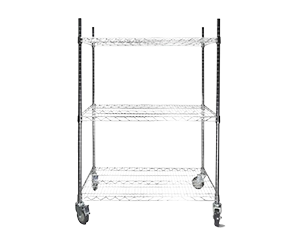
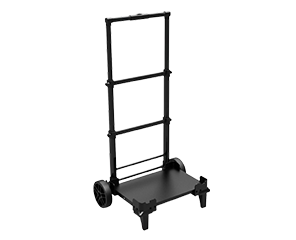
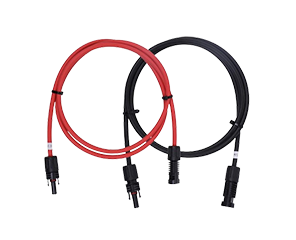
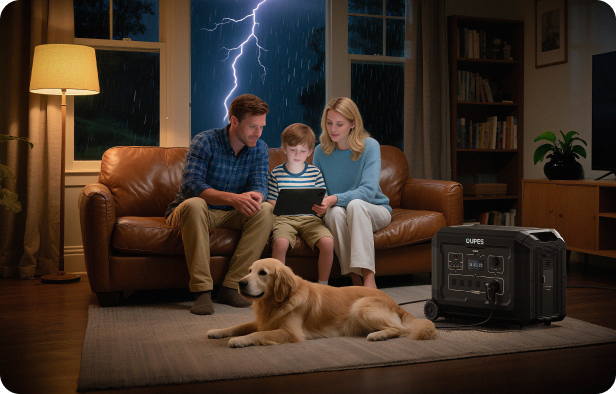
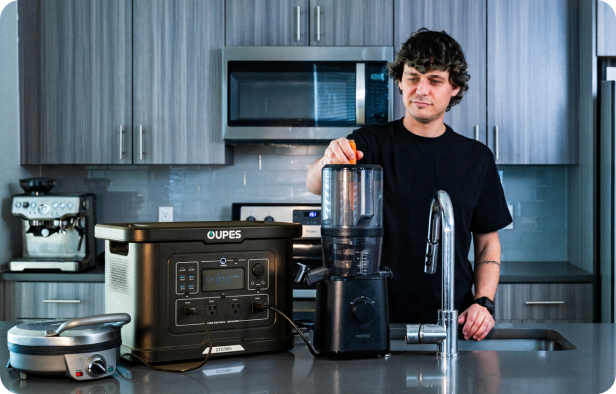
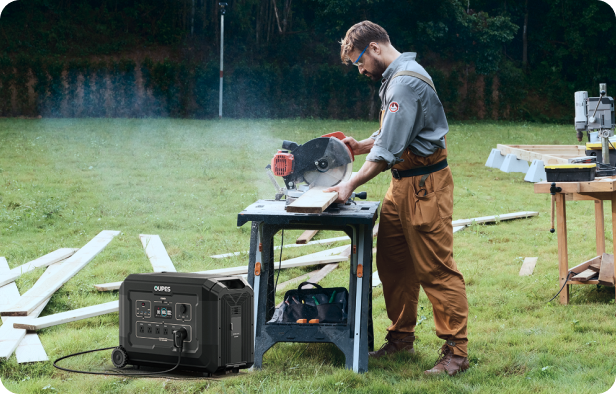
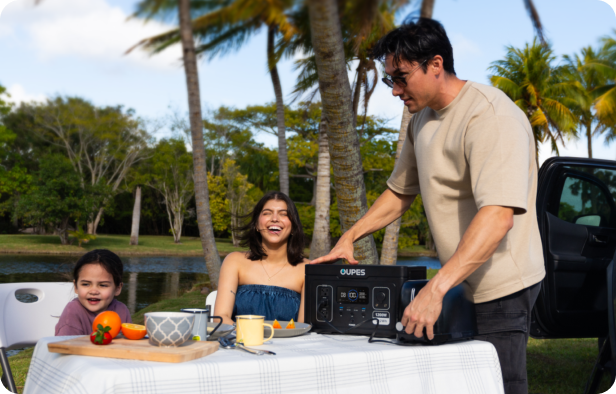

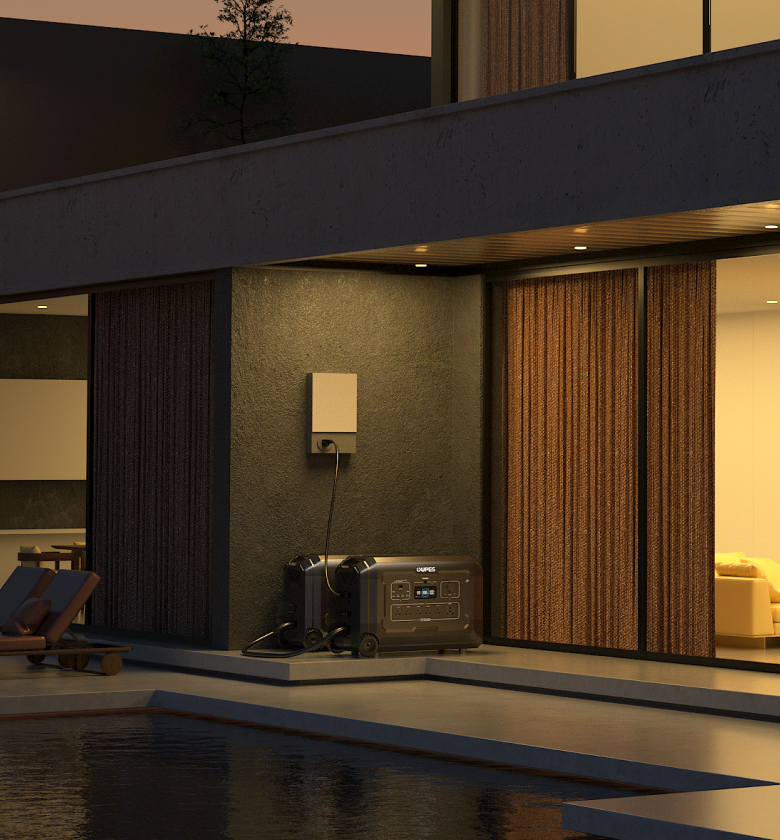
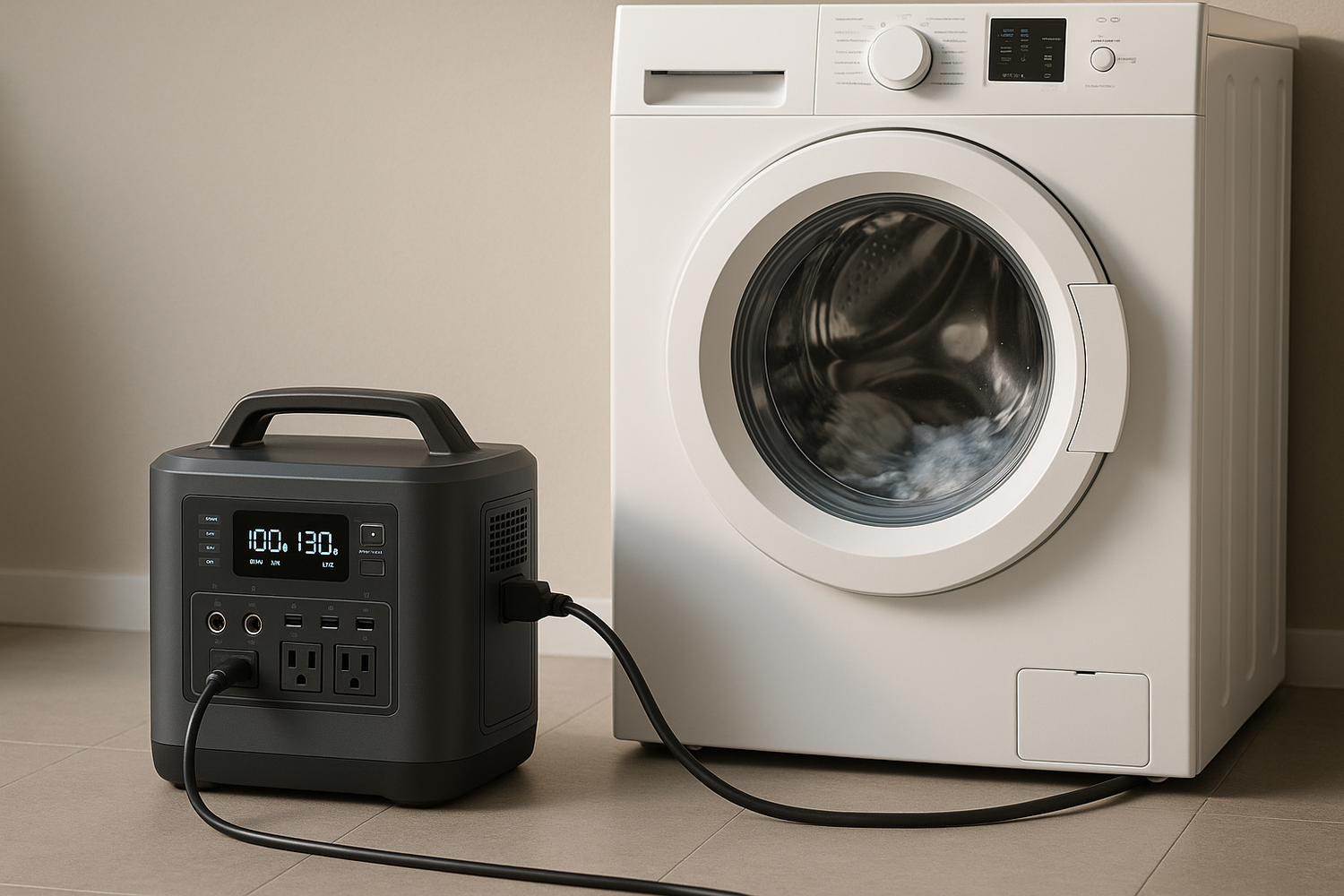

Leave a comment
This site is protected by hCaptcha and the hCaptcha Privacy Policy and Terms of Service apply.